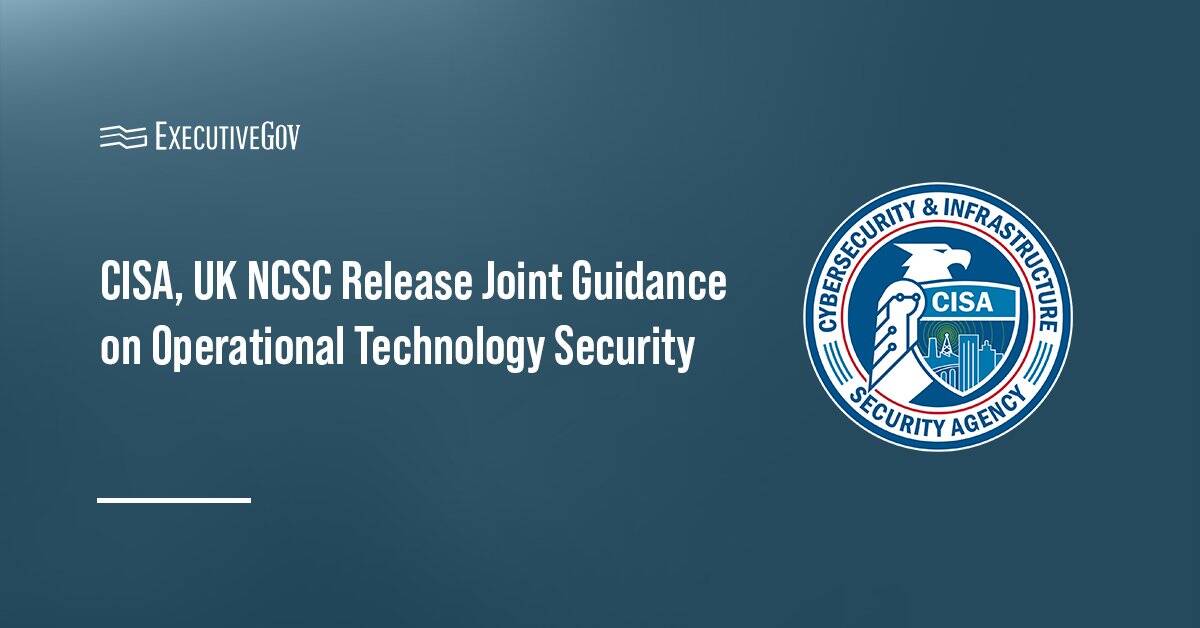The State Department has approved the immediate sale of high mobility artillery rocket systems and logistics and program support worth $30 million to the government of Ukraine.
The foreign military sale agreement, funded by the German government on behalf of Ukraine, waived the congressional review requirements under the Arms Export Control Act to deliver three HIMARS rocket launchers from the U.S. Army inventory to Ukraine, the Defense Security Cooperation Agency said Friday.
DSCA noted that the proposed FMS deal will help enhance Ukraine’s national defense capability amid continued Russian aggression.
Ukraine will not require the deployment of U.S. government or contractor representatives upon implementation of the FMS transaction.
Related Articles
The U.S. Army has signed new rapid prototype other transactional authority, also known as OTA, agreements with General Dynamics Mission Systems and Pacific Defense to build a chassis that would enable soldiers to plug and play capabilities into military vehicles. Plug-and-Play Capabilities The technology is dubbed CMFF, which is short for Command, Control, Computers, Communications, Cyber, Intelligence, Surveillance and Reconnaissance/Electronic Warfare Modular Open Suite of Standards Mounted Form Factor. It offers both hardware and software designed to converge multiple legacy systems into one chassis in ground and aviation platforms. CMFF is equipped with power, networks and radio frequency to support
The United Kingdom’s National Cyber Security Centre, in partnership with the Cybersecurity and Infrastructure Security Agency, the FBI and other international partners, has published new joint guidance aimed at helping organizations secure their operational technology environments. The document, titled “Creating and Maintaining a Definitive View of Your Operational Technology Architecture,” builds on the recent Foundations for OT Cybersecurity: Asset Inventory Guidance and provides actionable steps to strengthen defenses against cyberthreats, CISA said. CISA is a DHS agency. Potomac Officers Club’s 2025 Homeland Security Summit offers an inside look at the latest programs, technologies and strategies shaping America’s defense against evolving
The National Oceanic and Atmospheric Administration has tapped Raytheon for a mission design and feasibility study on weather imagery capabilities under its Near Earth Orbit Network, or NEON, Stratus project. The company will conduct the Stratus critical design review study under an other transaction agreement NOAA signed with Raytheon valued about $5.9 million, the agency said Friday. Raytheon’s CDR study will focus on a U.S. Space Force design adapted to NOAA’s requirements for Stratus. Under NEON, low-Earth orbit environmental satellites will be launched for weather forecasting, environmental observation and public safety. The program also seeks to demonstrate faster data delivery





